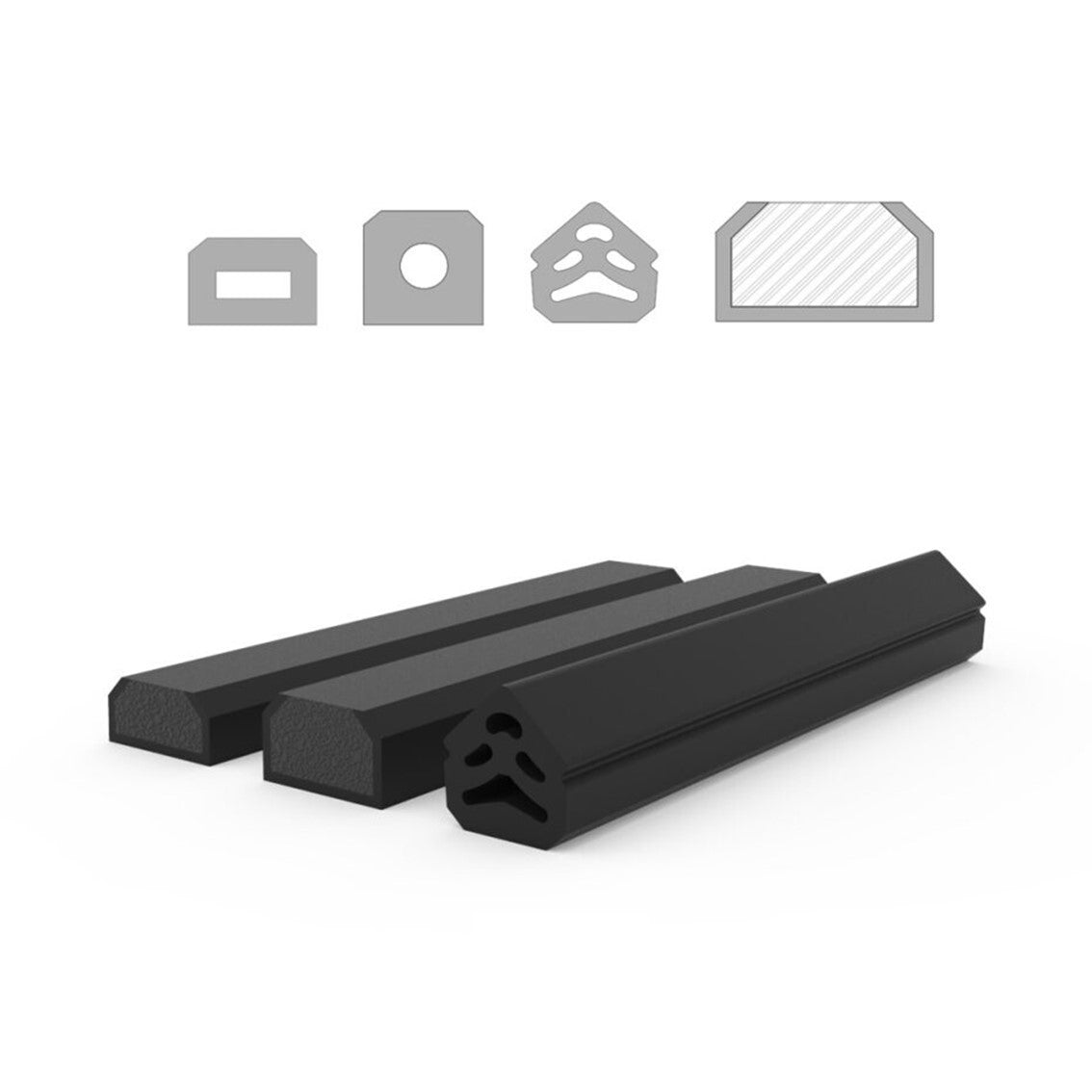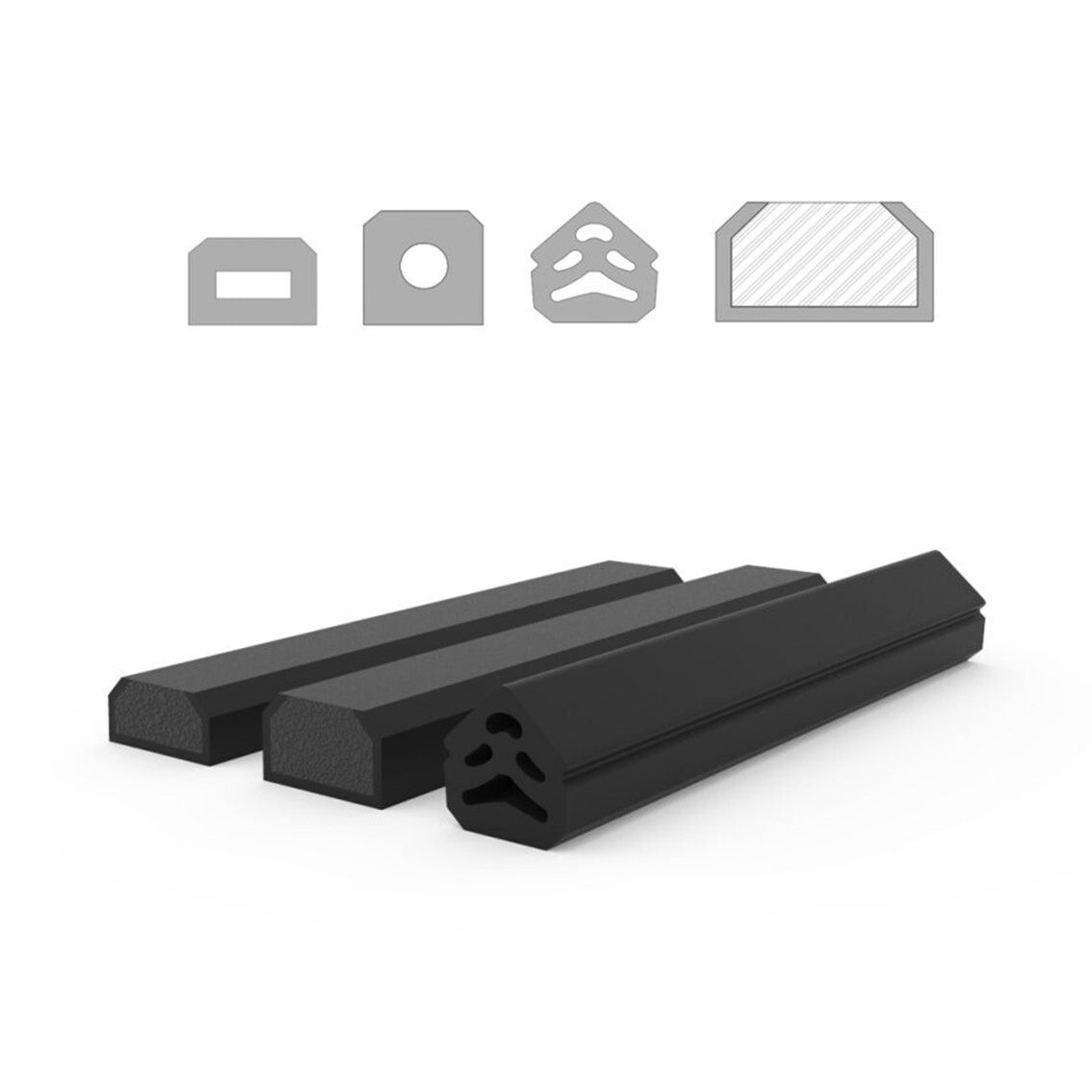Hatch Seals: applications and material types
Hatch seals are used to provide compression sealing for access hatches, doors and deck openings in marine and industrial environments. Common elastomer families encountered in hatch seals include EPDM, NR/SBR and nitrile (NBR), each offering different resistance characteristics relevant to weathering, oils and general mechanical wear. Examples in this product area include RubbaHatch Composite EPDM Hatch Seal – 30mm x 20mm, RubbaHatch Composite NR/SBR Hatch Seal – 30mm x 25mm x 10m and Nitrile Solid Rubber Seal – 30mm x 55mm x 5m. Selection of material should consider the operating environment, contact media and expected mechanical loads.
Hatch Seals selection, dimensions and technical support
When specifying hatch seals, typical criteria include cross‑section profile, compression set, hardness range, and available lengths or coil formats. Profiles are often selected to match the hatch frame detail and the required compression gap; dimensional data and sample pieces can be requested where needed. Technical information such as chemical compatibility guidance, suggested installation methods and cut‑length options may be provided on request. For a full overview of sizes and profile types see the rubber hatch seals collection. RuplaTec supplies technical rubber and plastic products for industrial and marine use; contact our team for application advice or assistance with specification details.


